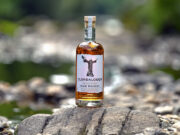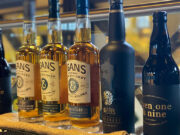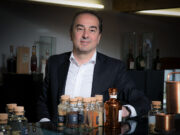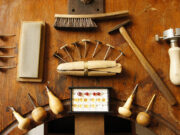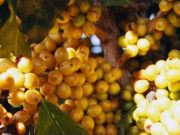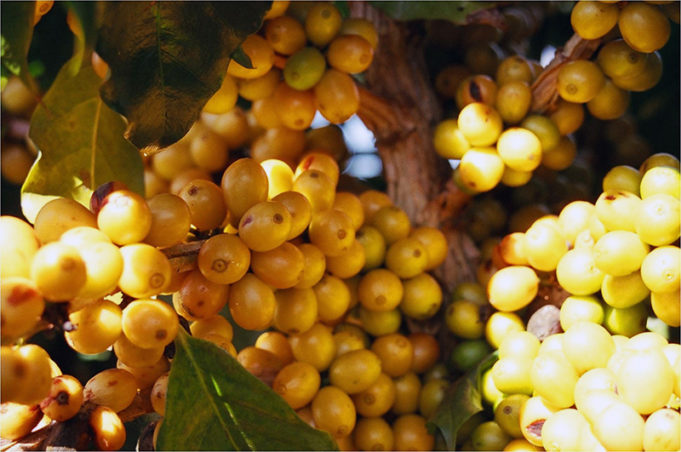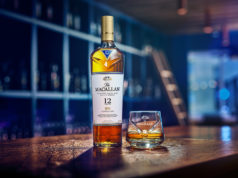It was 1890. The Dias family patriarch planted his first coffee beans, built a plantation high in the hills in Brazil’s Mogiana Valley, based on sustainable and ecological principles, and what is now the family farm has run that way to this very day. The entire farm is self-sustaining, with its own water source and a waterfall that generates electricity. The workers are a small community that lives full time on the property, with a clinic and a school included.
Bourbon beans only flourish in specific terrains and specific conditions. Just enough rain, lots of sun, and high altitude. All of which the upper reaches of the Mogiana Valley have in ideal portions.
Bourbon beans are grown here, beans known for their full body, low acidity, and nuanced aromas and flavours. Bourbon beans only flourish in specific terrains and specific conditions. Just enough rain, lots of sun, and high altitude. All of which the upper reaches of the Mogiana Valley have in ideal portions.
Today’s specialty coffee drinkers are knowledgeable, and expect a full bodied and complex cup. For that, only 100% Arabica beans, grown and processed under prime conditions will do. Cristina Dias operates Mogiana from her roasting facility and offices, in Richmond, BC. “We blend different drying processes and use different temperatures during the roast to attain various flavour profiles. We also incorporate a few different origins such as Ethiopia, Peru, Guatemala, to achieve a rounded and inevitably great cup of coffee every time,” is how she describes it.
Two methods of drying the beans are used: natural and pulped natural (or honey process). The natural process, also known as the dry process, involves drying the beans, seeds, mucilage and cherry all intact, on raised drying beds, or large patios. This method allows a somewhat sweeter taste profile with low acidity due to the seeds being in contact with the mucilage for a longer period of time (the coffee mucilage is extremely sweet). The pulped natural method involves removal of the skin (coffee husk) and pulp. The seeds are dried much like in the natural method. The result is a clean, structured coffee full of brighter complex flavours.
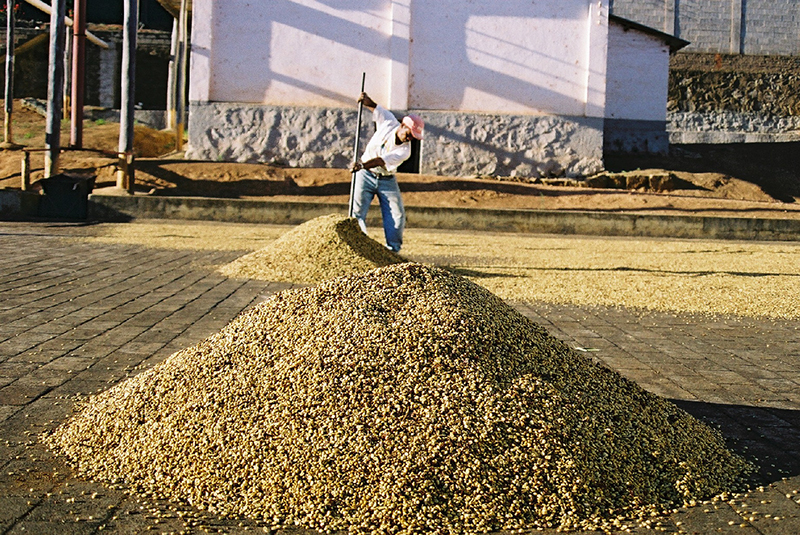
All possible blends, as well as the core estate coffees, are “cupped”. Cupping is the official name for test-tasting coffee and follows strict guidelines set by the SCA (Specialty Coffee Association) in terms of roast level, water temperature, grind size. All coffees are cupped the same way in order to compare apples to apples. Cristina says, “from the cupping we are able to analyse the flavour complexities of each sample lot and determine whether they match our required flavour profile.” The overall house style is of generous, deep flavours, complex with a long finish. But low acidity gives every cup a soft, easy to drink mouth feel, and surprising layers of fruit and earth flavours.
We blend different drying processes and use different temperatures during the roast to attain various flavour profiles.
Mogiana is experimenting with a third type of drying process, called the Washed process. In this process seeds are placed in a fermentation tank for about 30 hours and then ‘washed’ before being spread out to dry. This method generates bright coffees with fruit-forward elements that are remarkably vivid. It is the most widely used process in Africa and Central America. This is all part of Dias’s efforts to introduce small-batch, hard to find special blends from different parts of the world into the local market.
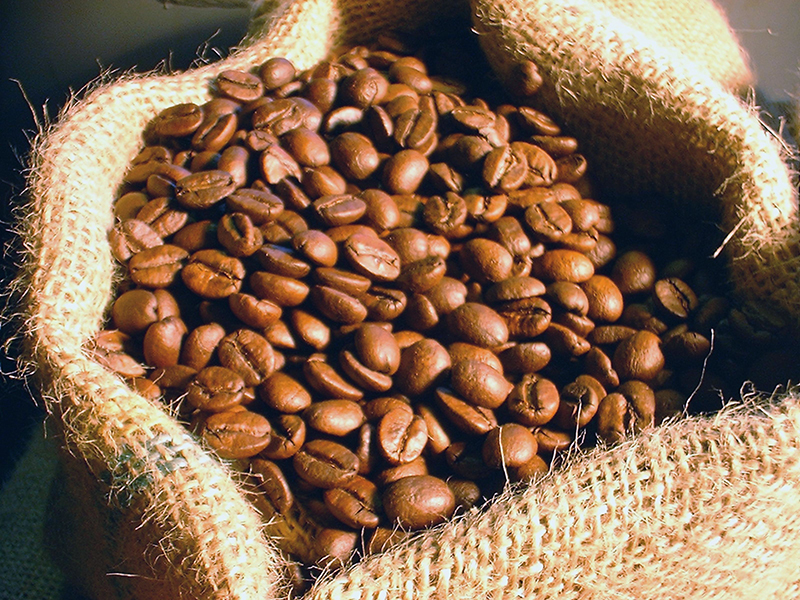
Dias does a lot of educational work, both at hospitality industry events, and at community colleges. Her passion for the product is evident in everything she does, from getting the beans from Brazil and elsewhere around the world, through roasting, cupping, and on to hand-selling the coffees to restaurants, coffee shops and even to Whole Foods and Market Place grocery stores.
It is well worth the effort to find a bag of Mogiana and try it for yourself. Percolator is just fine, but we prefer either the French Press, or, best of all, your good old reliable espresso machine. Better to buy a two-pound bag: it is not likely to last long.



